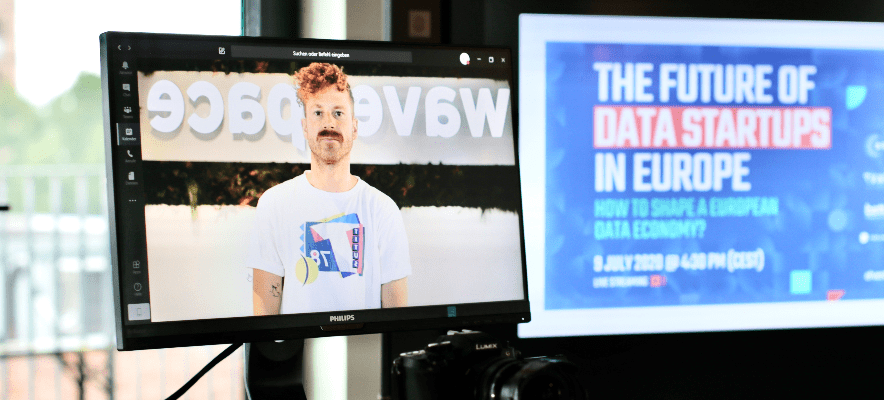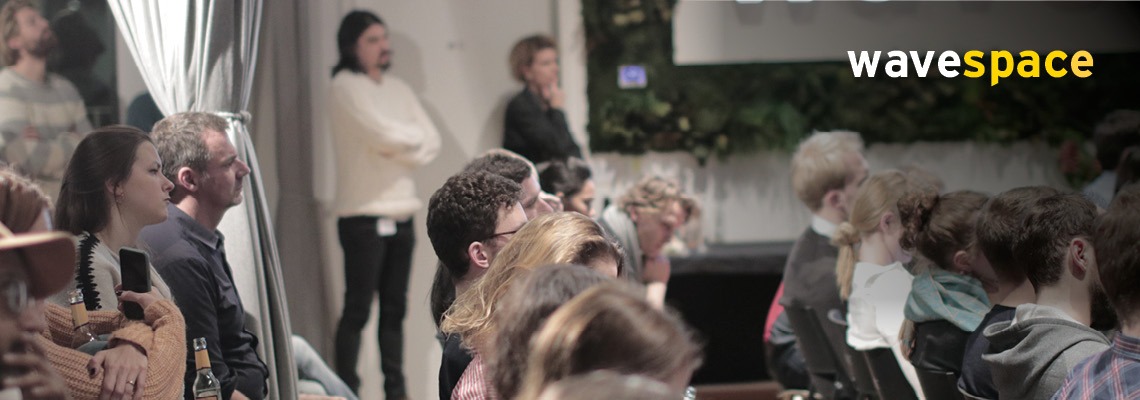#DIGITALLEARNING 4 – Lean Startup
22. March 2018
Knowledge is power – especially when it comes to digitization. That’s why the etventure Learning Hub regularly presents our readers with the #DIGITALLEARNING blog series, providing them with methods, tools and know-how about digitization and innovation. Today’s article is all about the Lean Startup method.
“Most Startups fail. But many of those failures are preventable.”
Eric Ries, The Lean Startup
The biggest challenge for start-ups is to prove the survivability of their product as quickly and cost-effectively as possible. Therefore, achieving success within the first few months is essential to be able to convince investors and customers.
Even when facing other tasks, corporates often have a hard time developing new products. Due to long conception and product development phases, it often takes several years before a product is actually launched and introduced to the customer for the first time. If the latter did not react as positively as desired, the launch results in a waste of large amounts of money and time.
Lean Startup aims at preventing exactly that by making the business formation and product development as effective and efficient as possible. Here, the following is particularly important: go out and listen to the customer!
Lean and fast – 4 facts about “Lean Startup”
- Entrepreneur Eric Ries is considered to be the founder of the Lean Startup Method. In his book “The Lean Startup” he combines science with practice in explaining the background and advantages of the method.
- Lean Startup is based on the lean manufacturing approach that became known through the car manufacturer Toyota. Great emphasis is put on fast and cost-effective just-in-time production.
- The aim is to keep processes as lean as possible and to establish a company or launch a product with the least capital possible. Instead of a long planning phase, fast product development and an early market launch are intended.
- The focus is on the user. Thus, product development is inspired and validated by continuous customer feedback. The most important factors of the product, e.g. price, design or distribution channels, are tested iteratively. Development cycles are consequently kept as short as possible to be able to respond to customer feedback quickly. The result is a repetitive cycle of building, measuring and learning – the Build-Measure-Learn cycle.
-
Build
The development of a new product or the establishment of a company must never serve an individual purpose. The origin should always be the solution to a problem of a potential target group. Once a relevant pain point has been identified, possible ways to address the problem are considered. During this process, hypotheses are established and validated. The next step is to develop a minimal version of a product – a minimum viable product (MVP). Thereby, you limit yourself to the most important functions of the product, for example by eliminating additional features, and do not yet emphasize perfect design. However, it is important that no unfinished or faulty products are introduced to the market. Instead, an MVP is a functional product that adds value for the customer by focussing on the core functions.
-
Measure
The MVP is now tested on the market, in other words, it is presented to the potential target group in order to obtain their feedback. The intention is to figure out the extent to which the product fits the needs of the customer. In this measuring phase, the handling of a physical product can be tested as well as the pricing policy and the customers’ willingness to pay, but also different designs, versions or distribution channels. All tests are carried out in interaction with the customer and the respective reactions are measured. This is done with the help of interviews, simple landing page tests or other cost-effective tools that provide valuable insights into customer needs.
-
Learn
Once customer feedback on the product has been collected, it is analyzed in detail. What does the customer really want or need? Have the initial hypotheses been supported or rejected? Based on the feedback and hypotheses, the product will then be adapted and re-tested on the market. The cycle starts anew, the product is tested, analyzed and adjusted again. The Build-Measure-Learn cycle repeats itself until a mature product has been created.
With Lean Startup, founders and product developers have a framework that helps them bring tailored products to their target group and to the market quickly and comparatively cheaply. By focussing on customers, companies can minimize the chance of failure as well as the frustration and thus achieve long-term success.





* Required field
Frank 16. January 2020 · 7:07
Nice post and I really appreciate your hard work. Blog commenting is also the best medium to share our views. Nice article you have shared.